We are the Native Plant Nursery
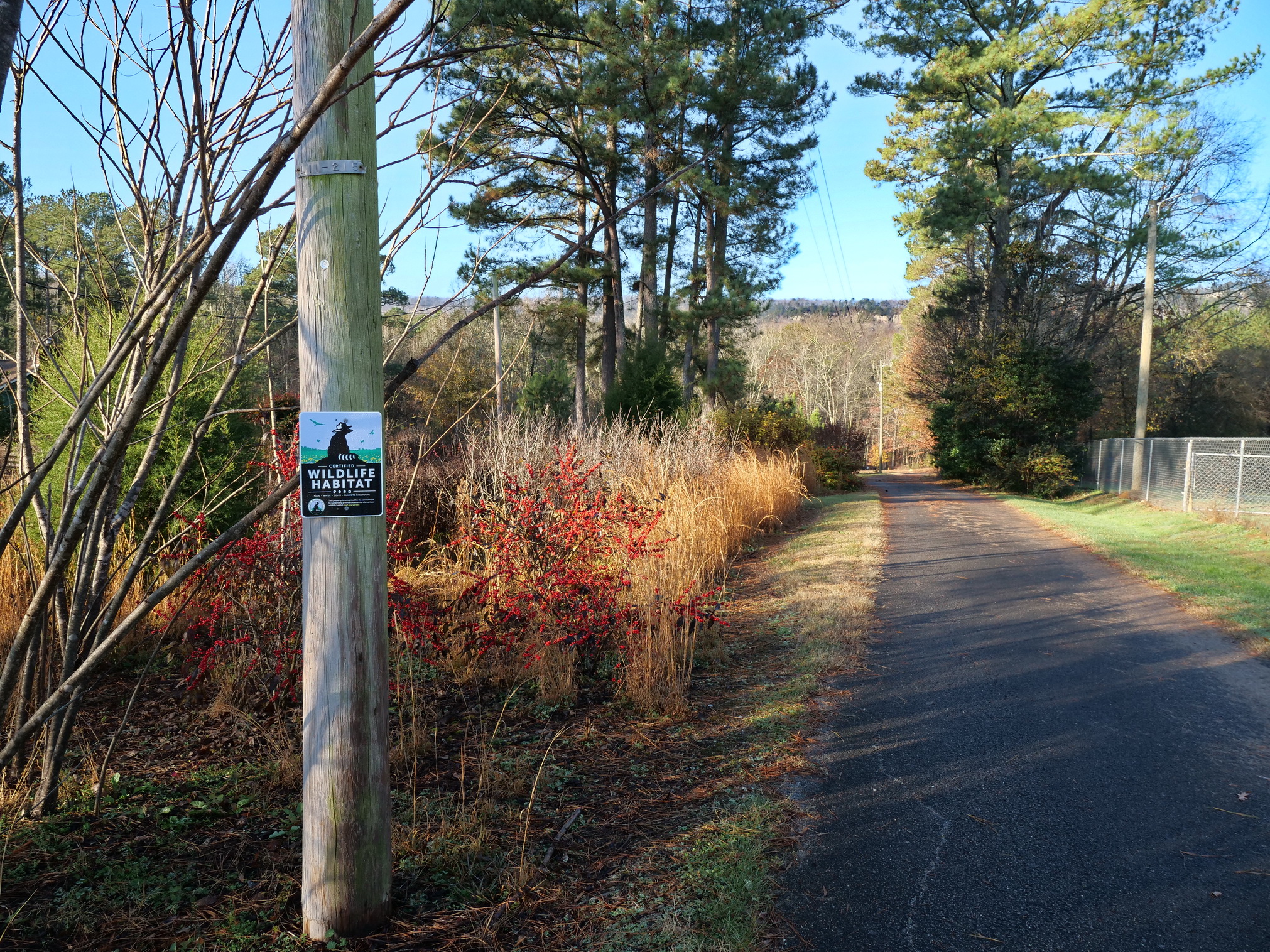
Written in Gratitude to Robin Wall Kimmerer
Mother Yards
Six years ago, I bought into a landscape that was overrun with invasive plants. I was daunted when I pondered their removal, but certitude slowly withered the pondering and I began removing them, sometimes by bits, sometimes by gobs. In their stead I planted plentiful bunches of assertive, tenacious native plants: broom sedge grass, switchgrass, mountain mint, wild bergamot, common boneset, sweet black-eyed Susan, goldenrod, swamp milkweed and more. Then I planted among them some not-so-assertive but still very stout plants like Joe Pye weed, Arkansas bluestar, and false blue indigo. Stout plants are inclined to set deep roots and live long lives in one place, but an abrupt disturbance can cause them to decline quickly. Assertive plants, on the other hand, are more resilient — they recover promptly after a disturbance, and, while their individual plants may not live as long as their stout brethren, the collective, the plant colony, continually renews itself by widely dispersing runners and seed. They are drifters, they move around.
En masse, the stout plants and the assertive plants made a tight, congruous pairing, soon blanketing my landscape with swaths of ever-vigorous (and sometimes unruly) stems holding attractive foliage, flowers and fruit, each in its season. Three years after planting, they had mostly ousted the invasives; indeed, these natives were now crowding one another, competing for space. They were behaving like weeds, but to this native plant gardener, these were “good” weeds, essential and beautiful weeds, just what I needed to supplant the Zoysia and Bermuda grass lawn that still covered large open areas of my parcel. Inspirited by the surging plants, I expanded their home ground — I removed more lawn and transplanted the cramped natives into the newly cleared areas.
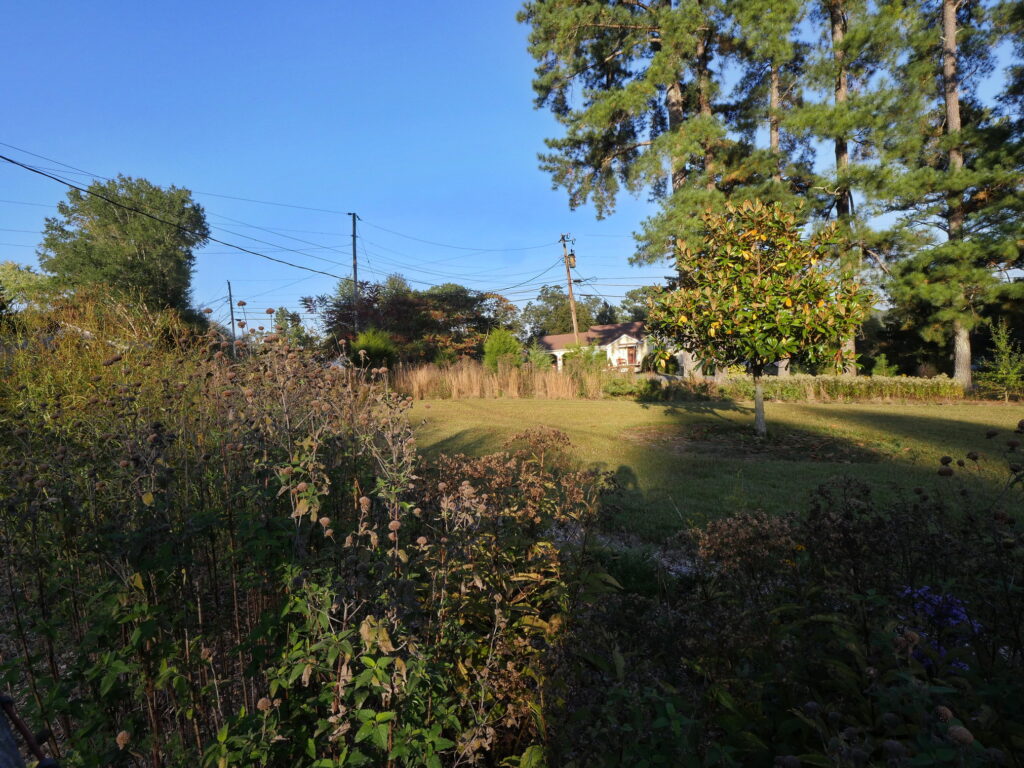
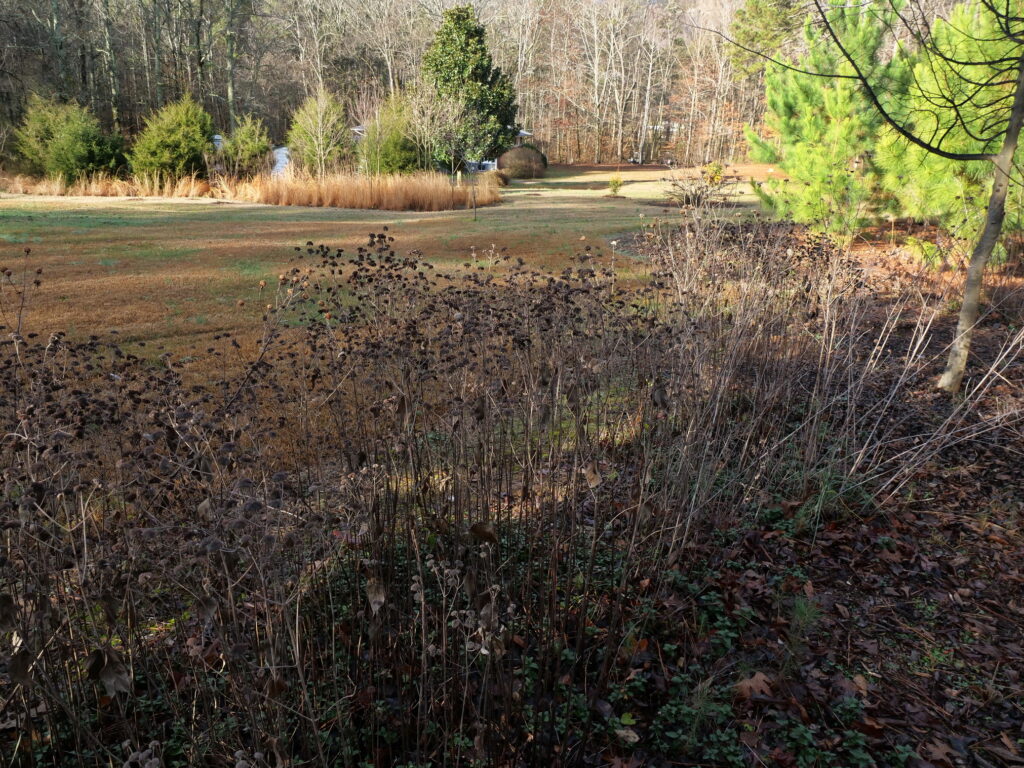
All seemed good at the time, but plants move as time moves, and the following spring, an abundance of more plants came. By mid-summer, they too were crowding and flowing beyond their intended bounds. Again, I felt compelled to respond. Again, I transplanted surplus plants around my lot, and then I began sharing them with fellow native plant gardeners. I kept thinking that, perhaps, the transplanting work was done, but clearly the plants thought otherwise. They just kept coming. In a mere five years, my yard had evolved into more than a native plant landscape — it had become a native plant nursery.
I am continually awe-struck by how diligently nature works. I planted, I let nature happen, and this land once overridden with invasive plants was soon producing a wealth of native plants for itself — and plenty for others besides. As I revered these resplendent plants for their will to replenish the land, I recalled where they had come from. Sure, most of my early plantings came from commercial nurseries, but as my connections with other native plant gardeners broadened and deepened, I found that my plants were more frequently coming from my cohort. Their yards, too were native plant nurseries! They were sharing with me, I with them, and knowing that these friends were sharing with other friends, who were likely sharing with still other friends, the swarm of it all came to my mind in one glimmering line, “We are the Native Plant Nursery.” Yes, we the people, and all the plants that nature has entrusted to us, we are the native plant nursery. Chattanooga, the Tennessee Valley, and every locality, really, all have a thriving, expanding native plant nursery in their collective yards. The longed-for native plant nursery is already here.
This growing nursery was set in motion through the work of human hands, mostly with plants from the reservoirs of commercial nurseries. Now, the pioneer plants that we brought to the land are gathered into nature’s storehouse, all part of a natural nursery for our own land and lands beyond — all rooted in mutual giving, on the reciprocity and gratitude that Robin Wall Kimmerer writes about so eloquently in Braiding Sweetgrass. It’s plant swapping among gardening friends. It’s neighbors handing plants across property lines, those arbitrary, illusory boundaries that plants and other wild things can never recognize, never honor. It’s a web of reciprocity that knows no bounds, except perhaps, the limits of time, the time it takes for a young plant to mature and start dispersing its own brood across our broken landscape. The plants give to us, and we give back. We give back first by tending to the plants in our keeping, and then by furthering their spread across our local lands. Our yards are “mother yards” — an evolving branch of nature’s native plant nursery.
Gatherings
The germinal mother yards of our community are already here. They were conceived by ecologically-informed gardeners who worked in accord with nature to restore the land in their care. Now, their natural destiny is to engender new native plant gardens by bearing bereft lands with young aspiring transplants. Yes, our mother yards are conjuring daughter yards to fulfill their own long-term purposes. They need emerging gardens, stewarded by diligent gardeners, to receive and foster their burgeoning plants. What we need is vision, vision that comes to us through the wisdom and counsel of nature, and through experienced gardeners trained by nature. With that wise counsel, the barren ground of a daughter yard can become a welcome ground for suitable native plants. All that is required, then, is a call, a summons to our native plant gardeners, to our community’s mother yards, to bring plants, to spread the fire, to heal nearby lands with the native plants from our own land. This is not charity work, it’s nature at work, with us brought into the fold. Mutually, we all benefit, and as the young landscapes grow, they not only heal themselves, they too become healers, mother landscapes that beget more nascent gardens. It’s an expanding web of reciprocity, a gathering that connects people to people, people to plants, and plants to plants. It’s a “plant in” recollecting the grand scheme of life, where plants came first, becoming the food that welcomed and sustained other wildlife. It’s a birthing fueled by thankfulness for all that nature has given us.
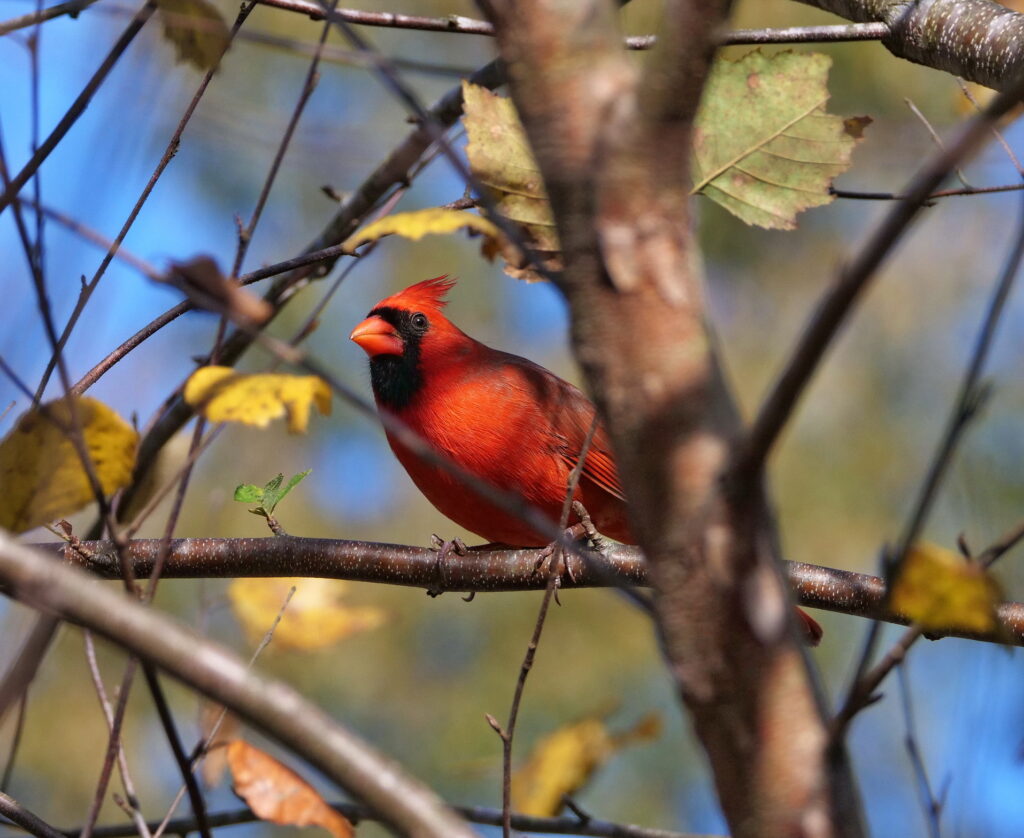
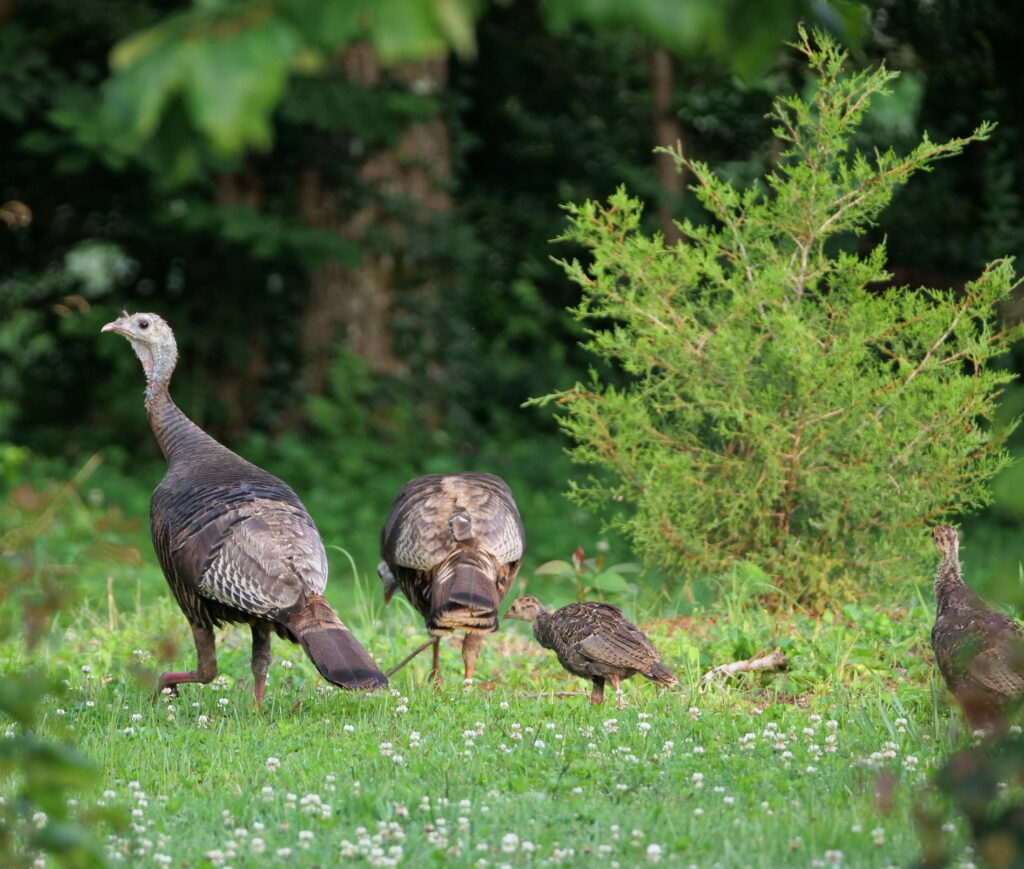
Last year, in late November, I banded together with a few friends to plant a daughter garden at the home of Lisa Flores, whose new house was built on an open lot, leaving only a few trees standing. It was a meeting of people and plants on a warm Thanksgiving weekend — no better way, we all agreed, to give thanks than by sharing friendship and native plants. We began by observing the trees that Lisa and her boyfriend Jeff Cemel had already planted. Lisa received these small trees as a house-warming gift from her friends Paola Zannini and Hill Craddock, who had lovingly grown them from seed: paw paw, sourwood, witch hazel, bald cypress, water hickory and swamp white oak — all Southeastern native trees suited to Lisa’s lowland property. Most of these trees were grouped in the southeast corner of the backyard to generate a woodland garden, a cool shady habitat that will become a source of nutritious food for wildlife, while providing other essential benefits to Lisa’s landscape. The planting was very well done. After commending Lisa and Jeff on their efforts, we moved to the front yard to begin the work of our afternoon gathering.
This gathering continued our friendship, and also began a new gardening relationship, one we expect to endure the tests of our time. One of those tests is living with the threat of COVID-19, so we strapped on our masks, pulled on our work gloves, and started the planting. From the bounty of “the called” came young transplants of Virginia sweetspire and redbud trees, and from the stocks of a local commercial nursery came beautiful arrowwood Viburnums in three-gallon containers. In total, we planted 23 small trees and shrubs in the few hours allotted to us on that autumn Friday. These plants were especially gratifying to share because so many came from our abundance, the abundance that flowed from our home places. Like fire with a touch of wind, these new plants will propel themselves forward. They will begin by getting a foothold, a first step in the healing of the land, and with that healing, other beings will flourish. It’s a reversal of the propulsion of construction that in its quest for efficiency so often destroys everything in its path. Thankfully, these plants too are efficient. They long to restore the land, and with our helping hands that efficiency can be compounded. The transplants are kindling for the fire, perhaps the Seventh Fire*, the green path we choose to restore the earth.
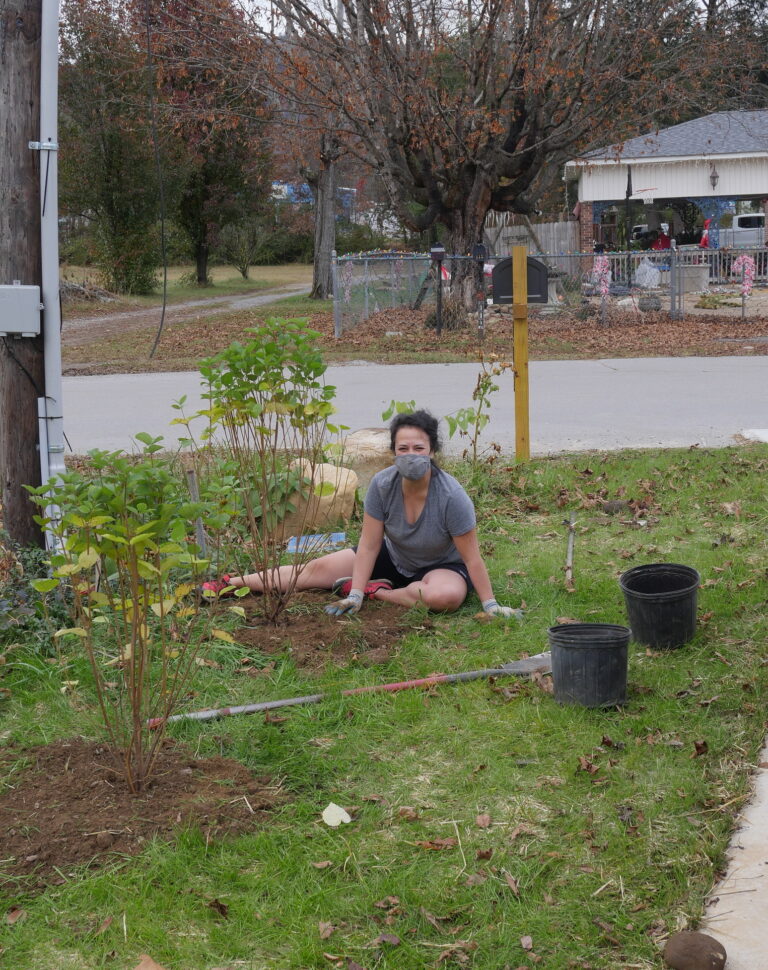
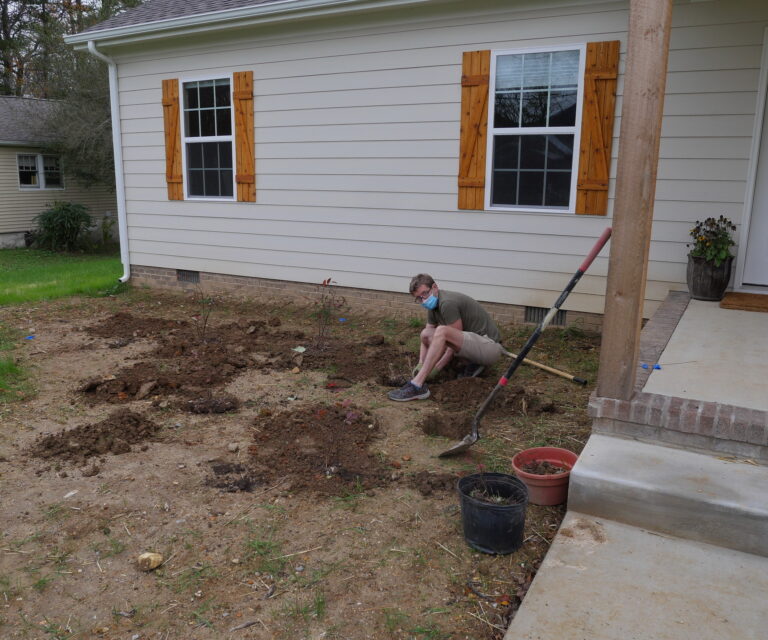
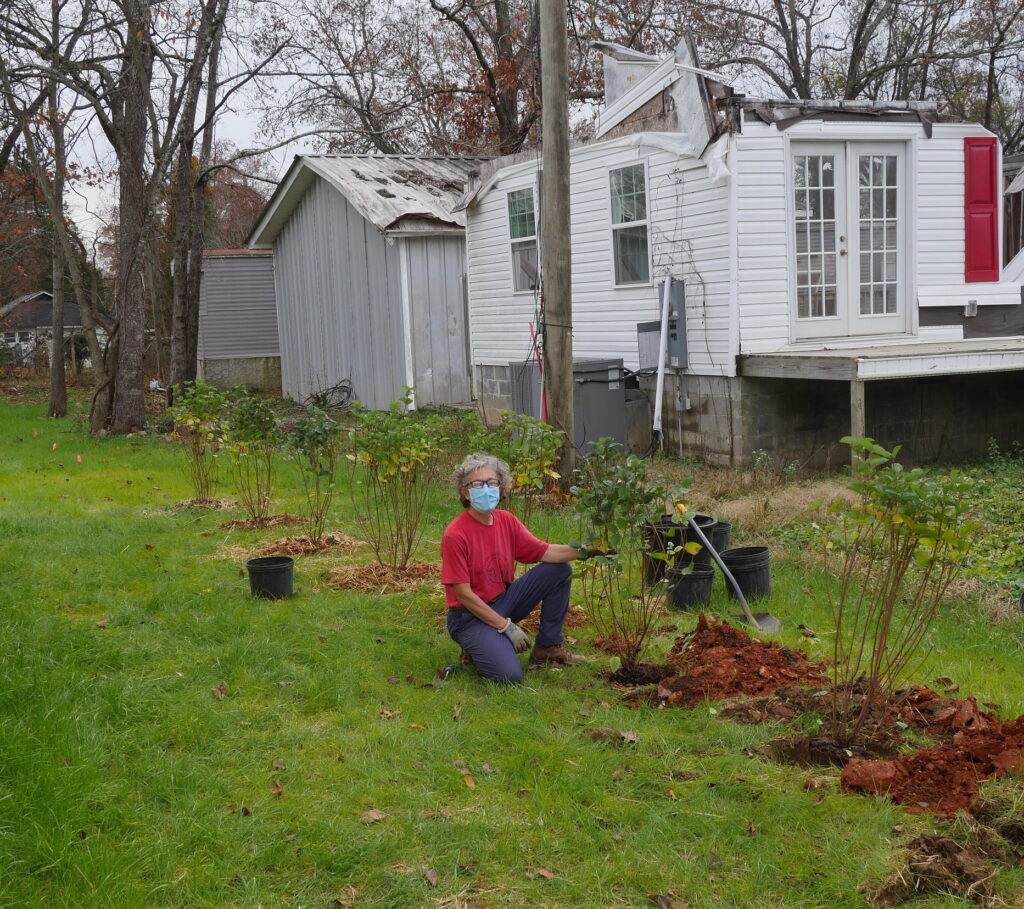
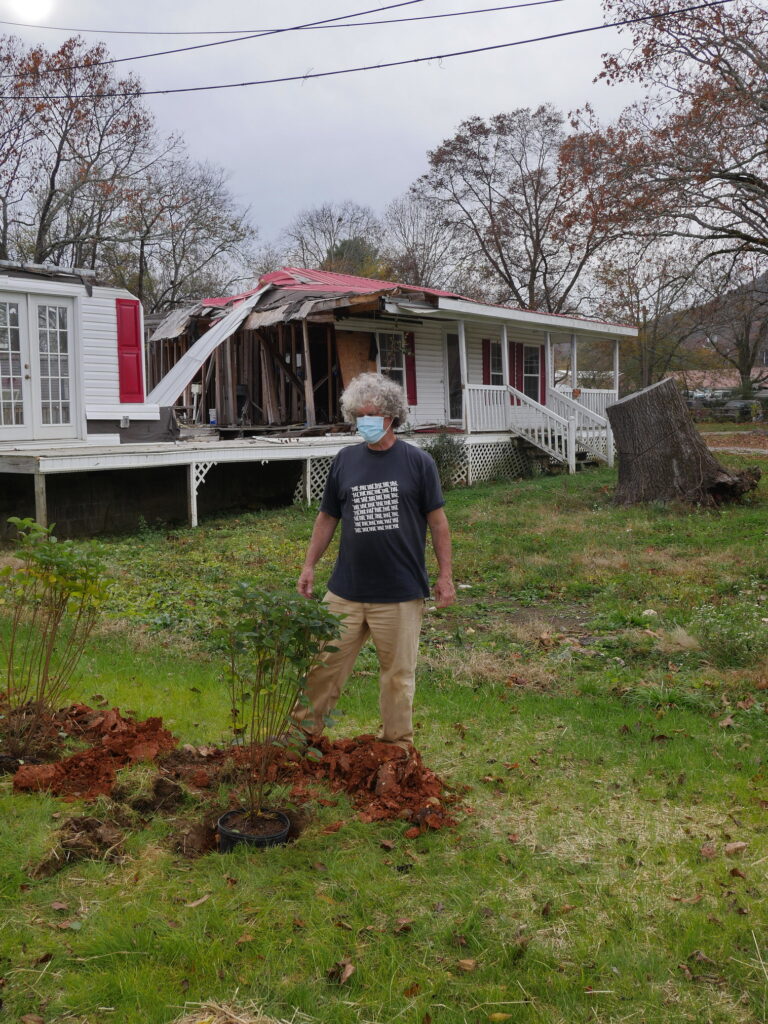
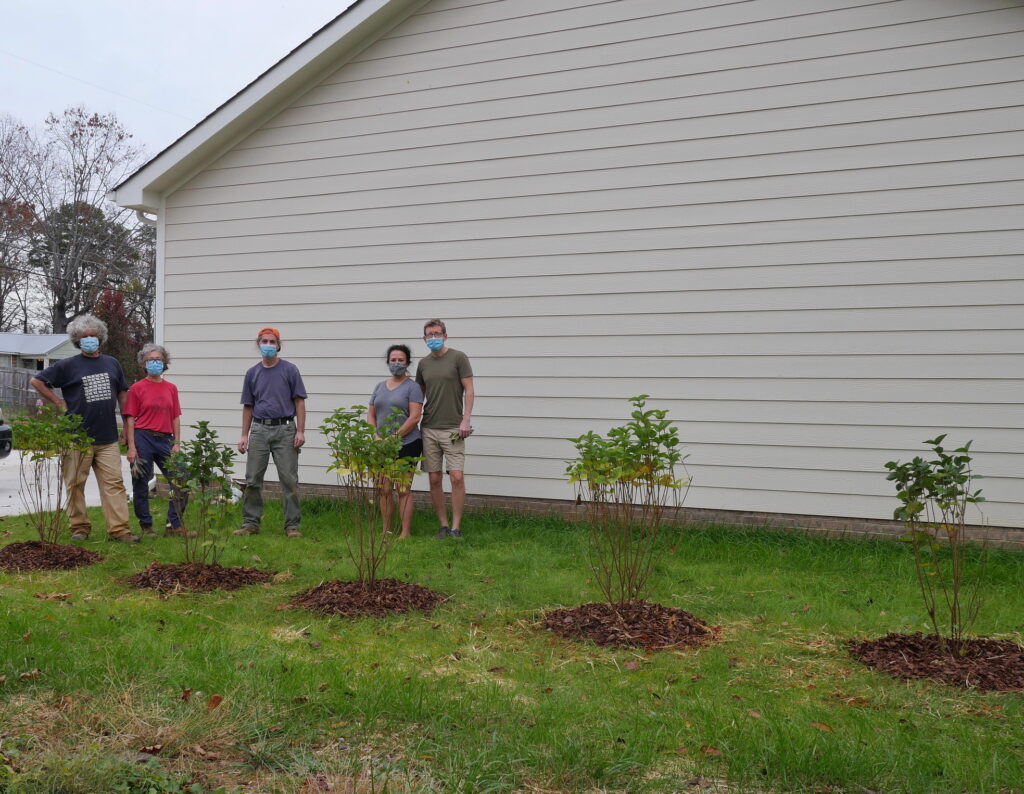
Commercial Native Plant Nurseries
My landscape has always been fed by native plants emigrating from the natural world and through the gifts of gardening friends, but early on, my plants came mostly from commercial nurseries. I will always be grateful to these nurseries, for they are the wellspring of many riches. Over time, their plants will disperse through self-propagation to become the wealth of lands well beyond the original soil in which they were planted. This is critical, because the forebears of so many native plants have been lost, obliterated by excessive land development. These ravaged lands no longer retain the memory of these plants in the seeds and other starts that nature’s storehouse once held. Commercial nurseries are now vital storehouses for sustaining many of our native plants. As their riches flow to us, they restore our land, then drift on to restore still other lands. Together, through this gathering of plants and people, through a fire fueled by gratitude, through this natural union of commercial nurseries with the nurseries of our homesteads, we can become the stewards of a self-conserving landscape. United, we can all proclaim that, indeed, “We are the Native Plant Nursery.”
Many thanks, as always, to the editor, Emily Campbell, who makes the writing seem so easy, so right.
________________________________________
*Prophecy of the Seventh Fire is based on an ancient prophecy of the Anishinaabe people, Native Americans from the woodlands of the Northeastern US and Canada. It predicts a time when we must choose between two paths. One path will be green and lush, the other black and charred. Many believe the time has come for all of us as individuals and collectively as communities to make the choice. For more information see:
Robin Wall Kimmerer, “Shkitagen: People of the Seventh Fire”, in Braiding Sweetgrass, pp. 360-373. Minneapolis: Milkweed Editions, 2013.